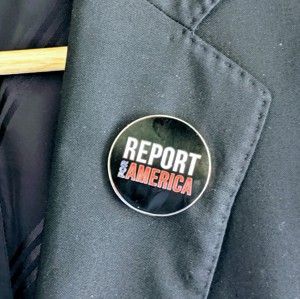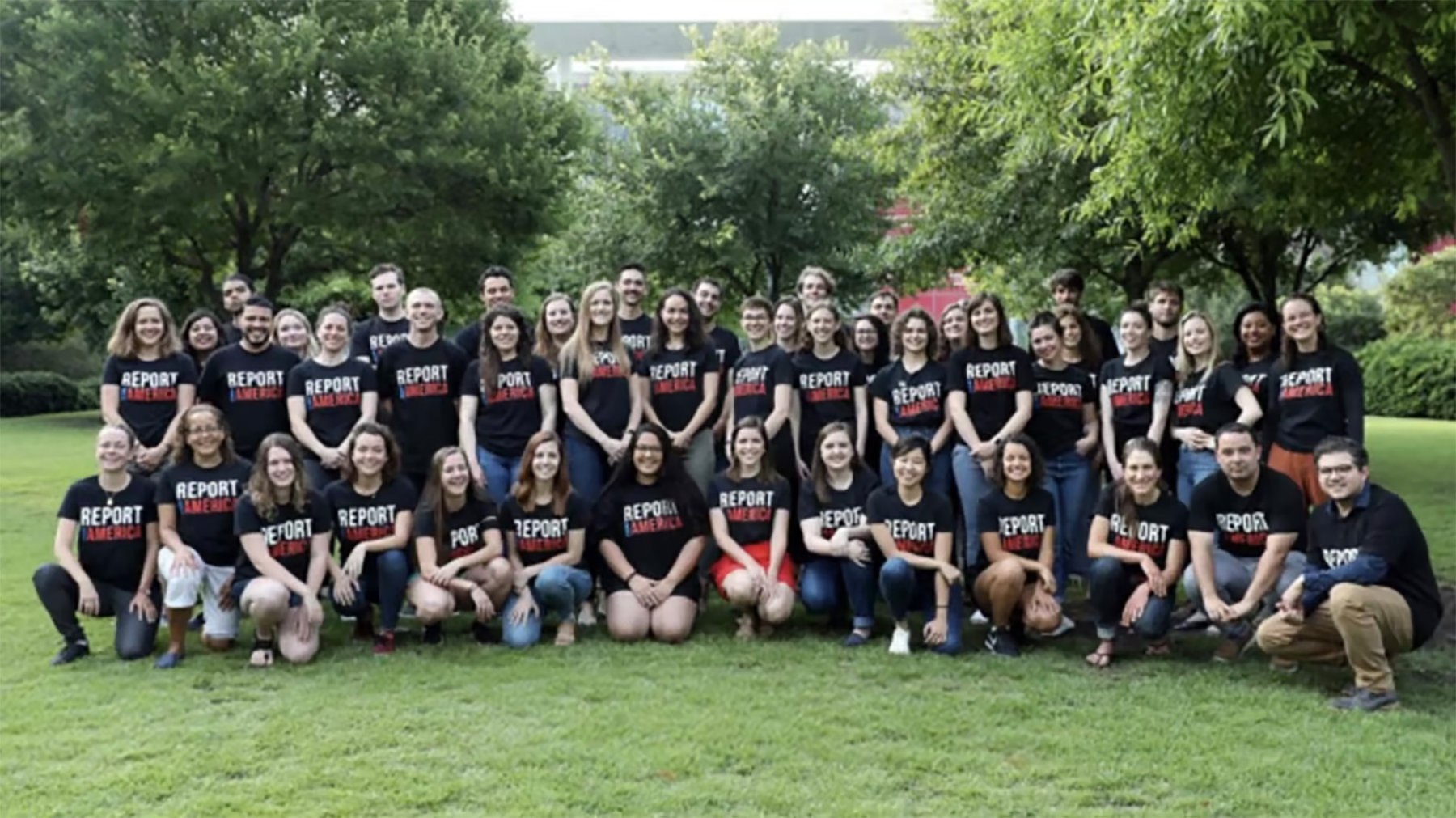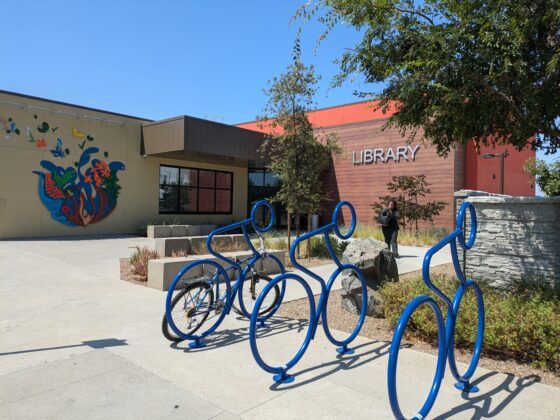It has been another rough period for the financial models behind journalism in general, and local news outlets in particular.
Last month Brookings released a sobering report about the spread of “news deserts” across the country, driven especially by the collapse in newspaper advertising revenue. In 2000, according to this report, newspapers took in more than $70 billion in total ad revenue (measured in 2018 dollars). By 2018, that number had plummeted to about $14 billion. Local papers have been harder hit than the industry as a whole. As Clara Hendrickson, the Brookings author, put it: “While [Google and Facebook] account for 58% of digital advertising revenue nationally, the two companies account for 77% in local markets.”
Also last month, a merger between the country’s two largest newspaper chains, Gannett and New Media Investment Group (parent of GateHouse) was completed. GateHouse, which owns hundreds of newspapers and community publications across the country, has a richly earned reputation for accelerating the destruction of local papers. Its track record with small papers—for instance, in this Massachusetts example—is to boost their profit margin in the short run, by slashing expenses (notably in the newsroom). As the publications dwindle into local insignificance, revenues and expenses chase each other down. Eventually the withered titles are combined into a regional chain or shut down entirely.
Will this formula now be applied across the Gannett empire, from USA Today on down? Last month I posted a brave defense of reporting ambitions from the editor of a Gannett (now GateHouse) paper in Tennessee. We’ll see how things turn out, there and elsewhere. One ominous indicator is the contention from both Gannett and GateHouse that their combined company could “save” hundred of millions of dollars in operating costs. As Richard Edmonds wrote last month on the Poynter web site:
Big layoffs are looming as the combined company (to be called Gannett) attempts during the next several years to deliver a promised $275 million to $300 million in cost-saving synergies….
At both companies (as throughout the industry) newsroom staffs have been reduced as revenues and profits contract. That is particularly true in the smallest markets. Sources have told me that at each company at least a third of the titles are so-called “ghost newspapers” with as few as one, two or three locally based reporters or editors.
But there are developments on the other side as well. I’ve been reporting on a series of them in this space: from Mississippi; from Maine; from Massachusetts; from Southern California and the San Francisco Bay Area; from Massachusetts again; from the Hudson Valley of New York, with more ahead.
Over Thanksgiving weekend, I watched the #SubscribeSunday concept, apparently originating at The Boston Globe, gain traction—which I hope will increase over the years. Yes, it’s become a gimmick to piggyback names for the post-Thanksgiving sequence of themed days: first “Black Friday,” and then, “Small Business Saturday,” “Cyber Monday,” “Giving Tuesday.” But I’m all in favor of promoting the idea that people should think consciously about paying for journalism. Many nonprofits receive a huge share of each year’s donations in the final few days of that year. In part that’s because as December 31 draws near, many people (including me) start to think: Gee, I really should be giving XX amount this year, what are the main places I’ve left out? Developing a “gee, I really should … ” consciousness about reporting will take time but is important. (For instance, with this very magazine.)
Every element of today’s journalistic establishment is trying to experiment its way to a new financial footing and a new connection with communities and readers. This week there is genuinely positive news about one of the experiments I wrote about this past summer: the Report for America initiative, which sends experienced-but-still-rising reporters and editors to news outlets across the country, especially in small towns and rural areas hardest-hit by the pressures on local news. It’s growing four-fold, from its second year of operation to its third.

In 2018, when Report for America first started, it sent a total of 13 reporters to local news rooms. This past summer, Deb Fallows and I met in Houston with a group of 60-plus journalists, who made up RFA’s second annual corps. This week, Report for America announced that it would send 250 reporters to 164 newsrooms in 46 states across the country. “This is probably the largest hiring blitz in local news in recent memory,” Steven Waldman, a veteran journalist and tech entrepreneur who is co-founder of Report for America, told me after the announcement. “I think it ought to give people a sense of hope that this crisis of local news is solvable.”
You can see the whole list of news organizations here, along with the beats to which the new reporters will be assigned. For instance, “Vietnamese and African American neighborhoods,” for the Sun Herald in Biloxi, Mississippi. Or “Rural healthcare” for the Post Register in Idaho Falls, Idaho. Step one of RFA’s annual process, whose results are just being announced, is securing commitments for new reporting slots, and choosing the news rooms best qualified for RFA support. Step two will be choosing among applicants for these postings. Applications for these positions are open until the end of January next year.
That these are new beats is an important part of the Report for America model: It asks publications to specify what they’d do if they had more resources, then helps them fill that gap. Its funding model, described in detail here, is also designed to pull new money into local journalism, including from local foundations and donors in each area. To oversimplify: the local newsroom, the national Report for America organization, and local philanthropies all share the cost of employing additional reporters. The annual cost of a new reporter averages about $40,000. Report for America puts up about half the money; the news organization and local philanthropies share the rest.
“We’ve been putting out the message that community foundations and others can have really big impact for their dollar, if they invest this way,” Charles Sennott, a former Boston Globe reporter who is head of The GroundTruth Project which launched Report for America, told me this week. “If they invest $10,000, they can make a significant difference in local coverage.” Toward its goal of mobilizing more city-by-city philanthropic support, Report for America recently hired Todd Franko, former editor of the now-closed Youngstown Vindicator in Ohio, as its “Director of Sustainability.”
“Of course everyone is focused on the bleakness out there [in local journalism], and it is quite bleak,” Steven Waldman told me. “But there is also a lot of great creative energy.
Waldman said that the first part of the conversations he, Sennott, or other RFA representatives would have with local newsrooms could be depressing. “Sometimes it was heartbreaking, the kind of fundamental accountability-reporting that just wasn’t getting done any more,” he said. But then, he said, “It was also inspiring to hear from editors all around the country, who were trying against great odds really to address these needs.”
Waldman said that local journalists or civic figures naturally had a more acute sense of the gaps that needed to be filled in local coverage—compared with an outsider’s guess. As an example: immigrant and ethnic-minority communities began growing in many small towns, at just the time local newsroom staffs were shrinking. Thus many of this year’s newsroom slots involve coverage of these communities.
“We have seen a tremendous appetite among creative newsrooms, and talented journalists, and quite a few philanthropists” to devise new approaches, Waldman said. “So if we bring them all together, and wrap it in a spirit of public service, we can really create something better than we’ve ever had before.” He said that his conversations with local editors and reporters had reminded him that they “already have in their bones the sense of news as a public service. They just need a way to keep doing that.”
“We see some light, at a time that feels like it’s dusk in American local journalism,” Charles Sennott told me. “We can see that emerging journalists are answering a call to service. We’re starting to feel momentum to restore journalism from the ground up.”




